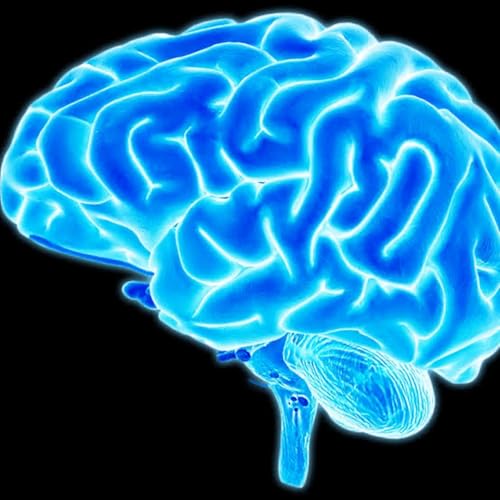Intracranial pressure (ICP) is the pressure that exists within the cranium, including its compartments (e.g., the subarachnoid space and the ventricles). ICP varies as the position of the head changes relative to the body and is periodically influenced by normal physiological factors (e.g., cardiac contractions). Adults in the supine position typically have a physiological ICP of ≤ 15 mm Hg; an ICP of ≥ 20 mm Hg indicates pathological intracranial hypertension. ICP may be elevated in a variety of conditions (e.g., intracranial tumors) and can result in a decrease in cerebral perfusion pressure (CPP) and/or herniation of cerebral structures. Symptoms of elevated ICP are generally nonspecific (e.g., impaired consciousness, headache, vomiting); however, more specific symptoms may be present depending on the affected structures (e.g., Cushing triad if the brainstem is compressed). Findings from brain imaging (e.g., a midline shift) and physical examination (e.g., papilledema) can indicate ICP elevation but may not be able to rule it out. Therefore, ICP monitoring and quantification are vital in at-risk patients. Management usually involves expedited surgery of resectable or drainable lesions, conservative measures (e.g., positioning, sedation, analgesia, and antipyretics), and medical therapy (e.g., hyperosmolar therapy such as mannitol or hypertonic saline, or glucocorticoids). Treatment options for refractory intracranial hypertension include temporary controlled hyperventilation, CSF drainage, and decompressive craniectomy (DC), as well as other advanced medical therapies (e.g., barbiturate coma, therapeutic hypothermia).
 2025/11/2018 分
2025/11/2018 分 2025/11/1730 分
2025/11/1730 分

